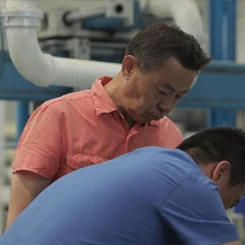Pig stations are essential components of pigging systems, enabling automated launching and receiving of pigs. They are key to efficient and automated pipeline cleaning and inspection. Here are the primary types:
1. Launch Stations & Receive Stations
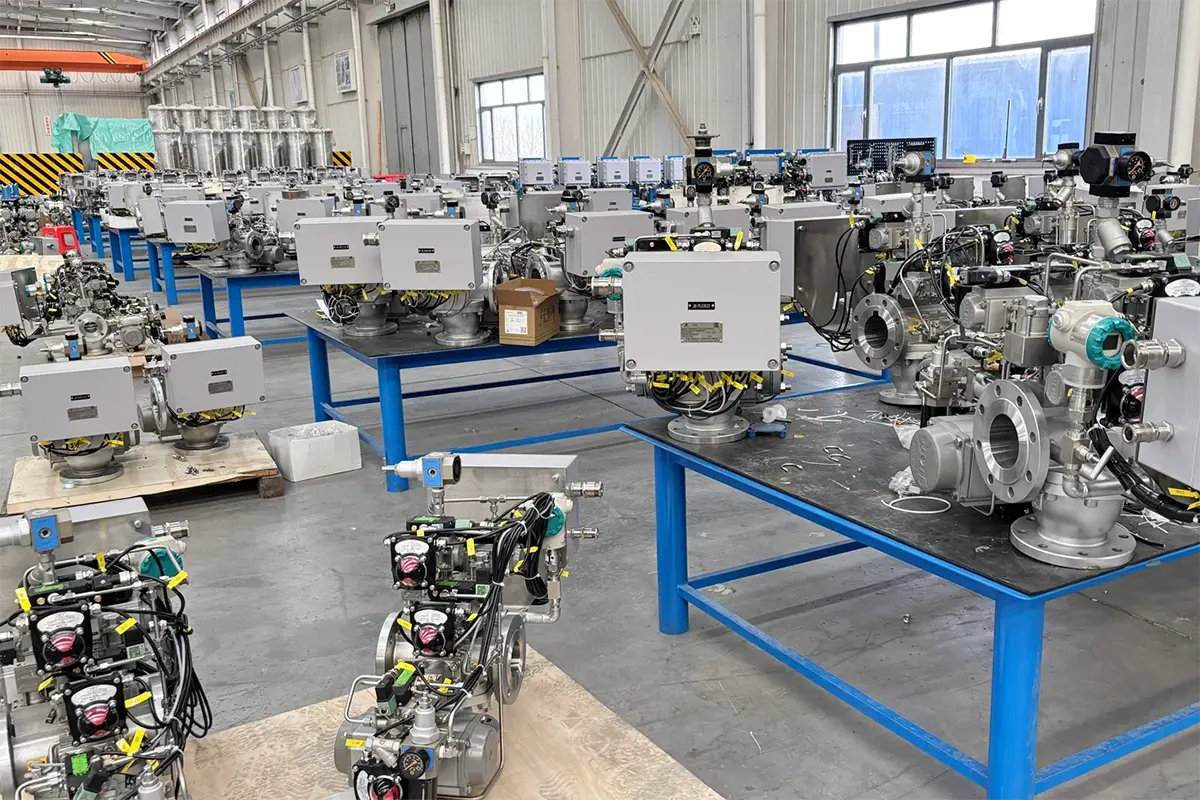
The core units for automated pig launching (into the pipeline) and receiving (out of the pipeline). Precise pressure and process control ensure smooth pig operation for cleaning or inspection tasks.
2. Intermediate Stations
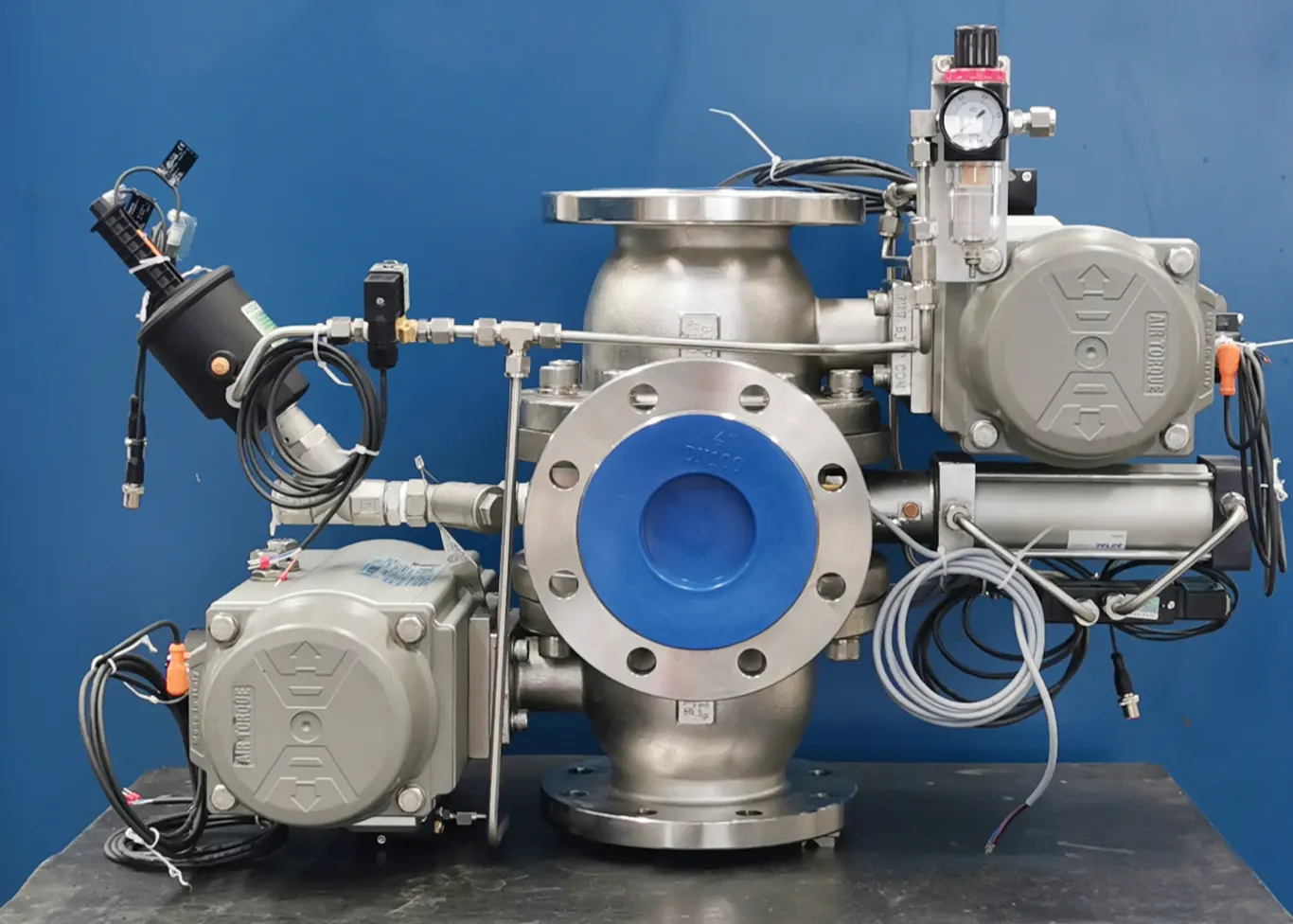
Allow pigs to make temporary stops at specific pipeline points. Enables focused cleaning or inspection of targeted sections, increasing operational flexibility and precision.
3. T-Type Diversion Valves
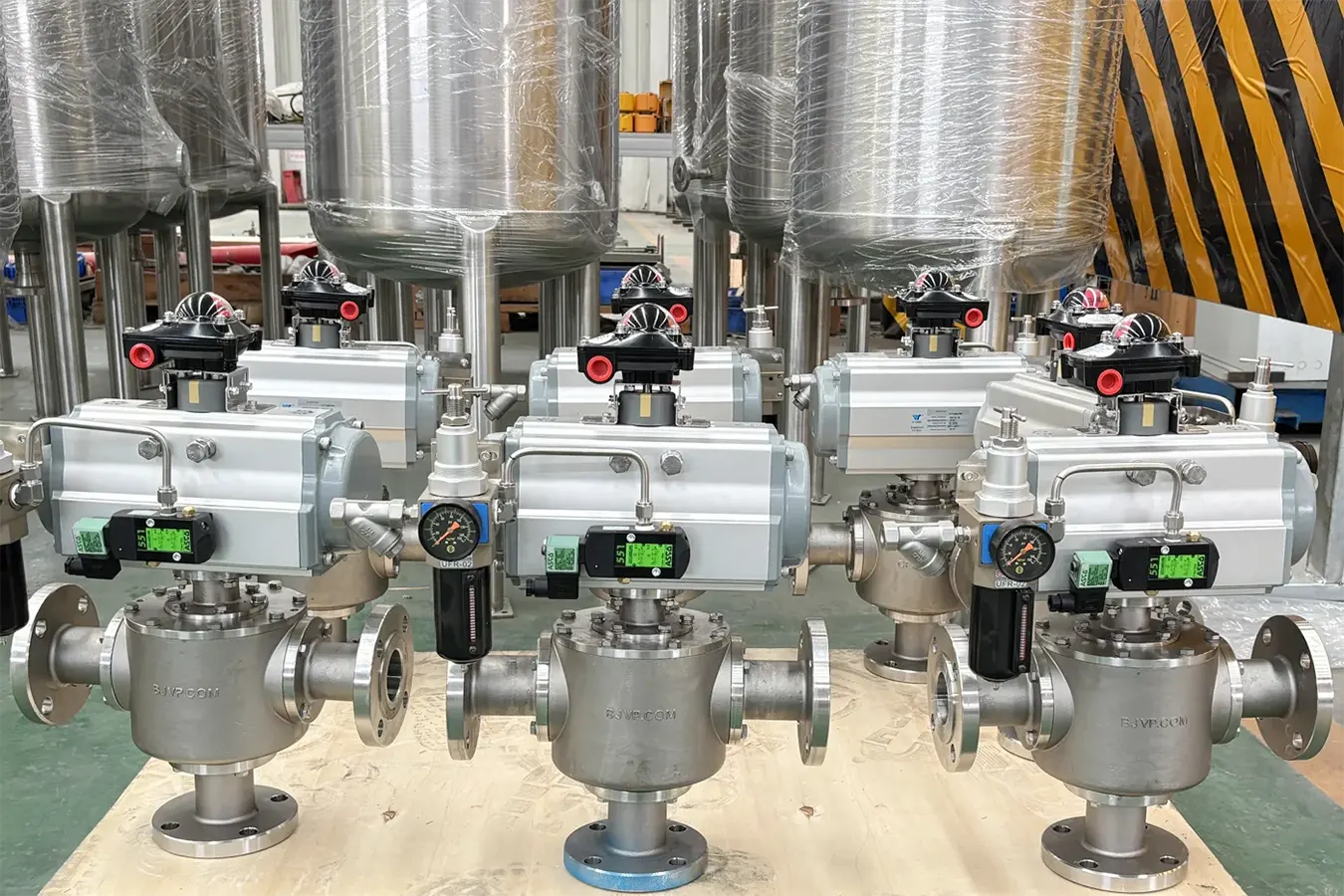
Specialized valves directing pigs into different pipeline branches. Facilitates multi-path pigging operations, optimizing maintenance across complex pipeline networks.
4. Three-Way Diverter Stations
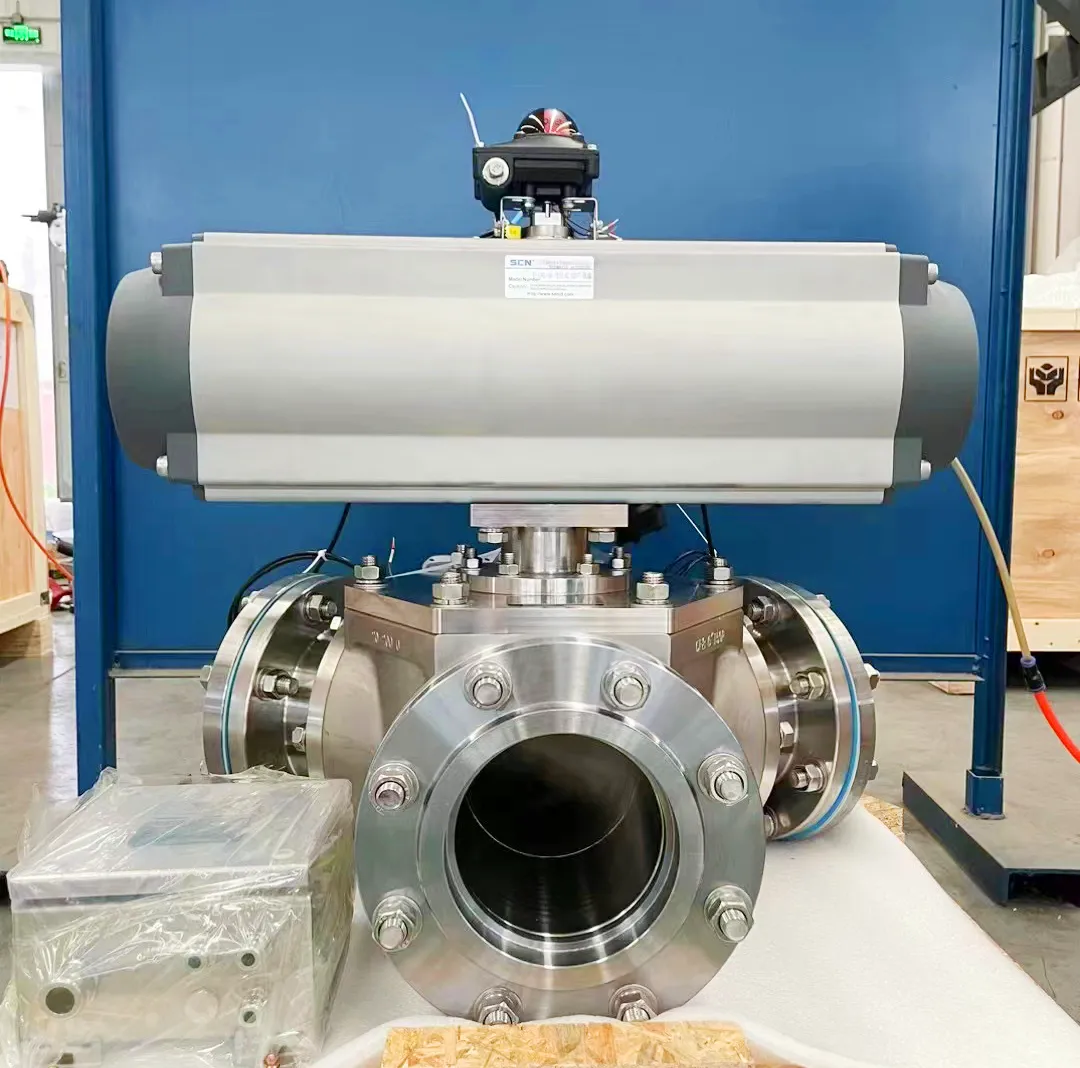
Enable reliable switching of the pig’s path between different pipelines or branches. Ensures pigs enter the correct section, preventing operational delays or failures.
5. Four-Way Transfer Stations
Complex units connecting two separate pipeline sections. Directs pigs between distinct pipeline networks, enabling cross-network pigging and enhancing overall system capability.
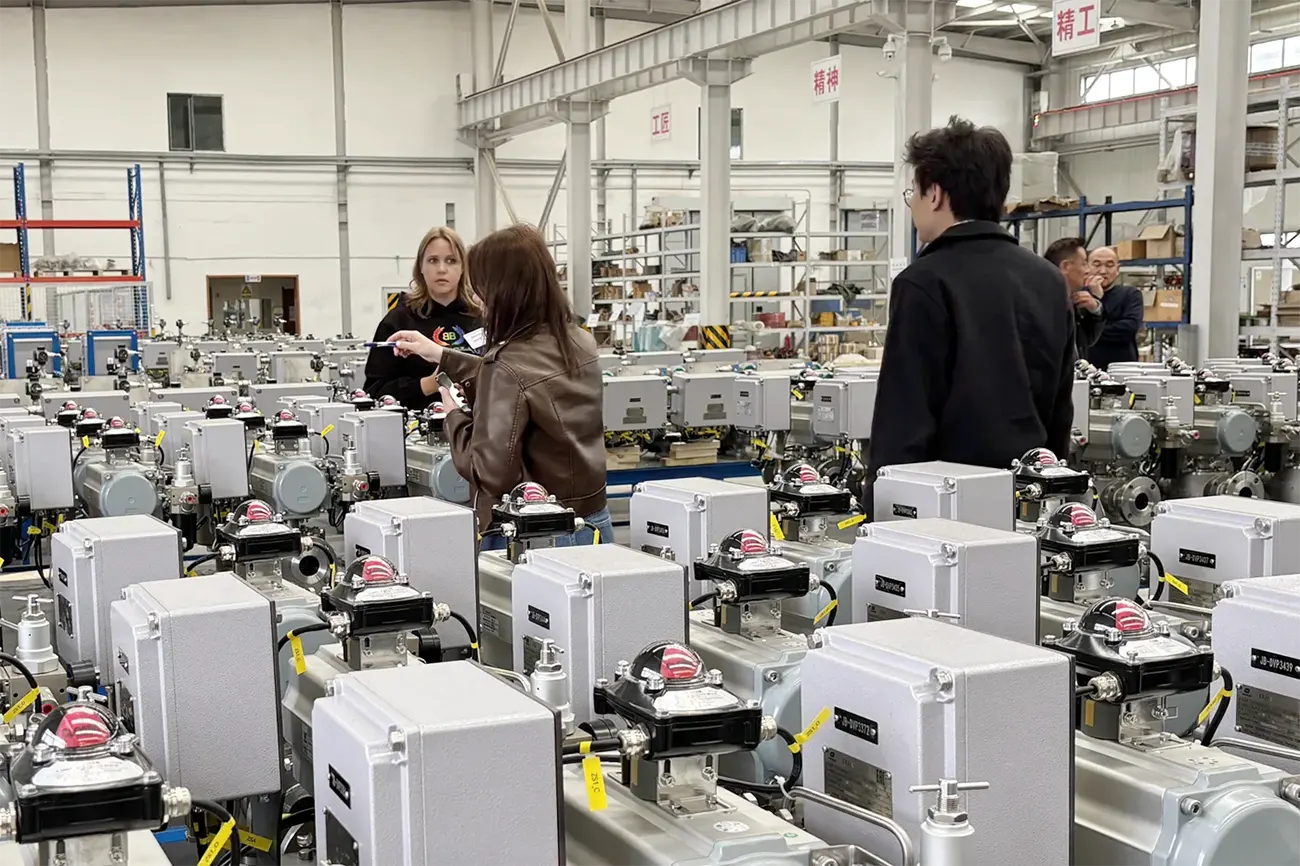
VP Pigging System Advantage: Our integrated pigging stations automate pig launching, receiving, and path diversion, meeting diverse industrial demands for efficient and reliable pipeline operation.
Articles Related
-
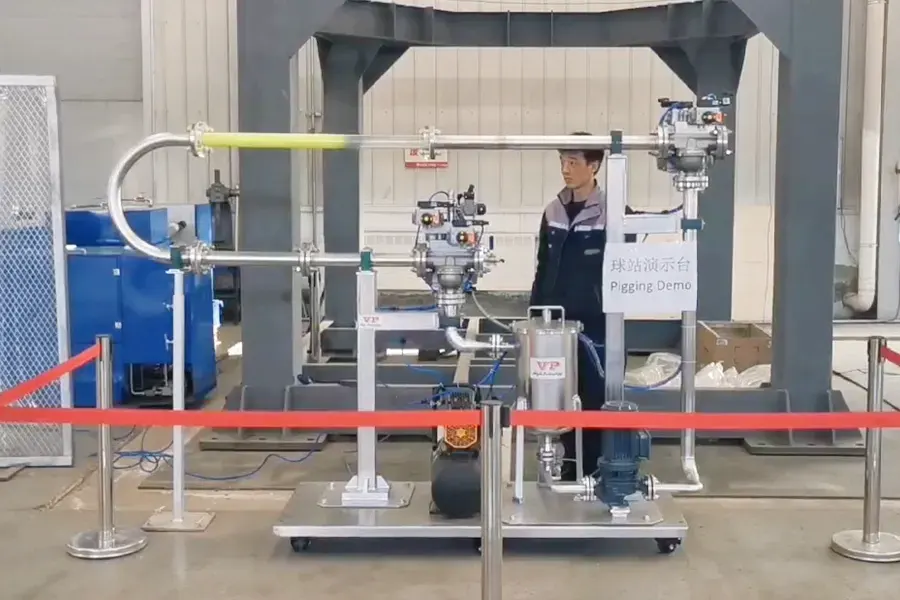
VP Pigging System Use for Recovery of Product
What is BJVP Pigging System Used for Recovery? At the end of pumping a product through a pipeline, re...
-
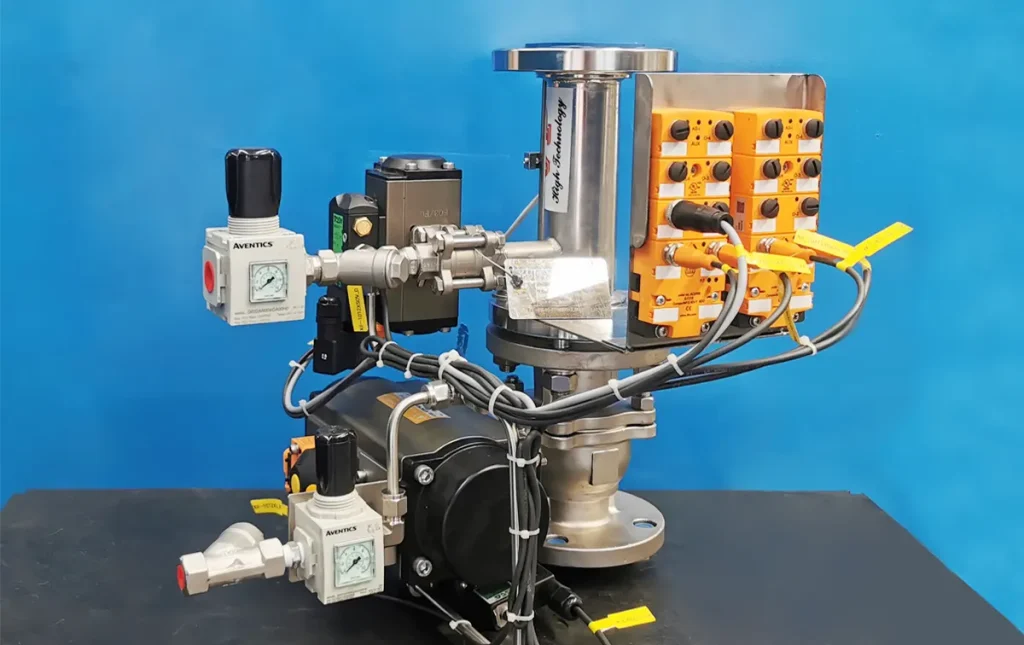
Pig Receiver Station: Receiving, Storage, Reloading of Pigs
In pigging systems, the Pig Receiver (Receiver Station) plays a critical end-point role, serving as c...
-
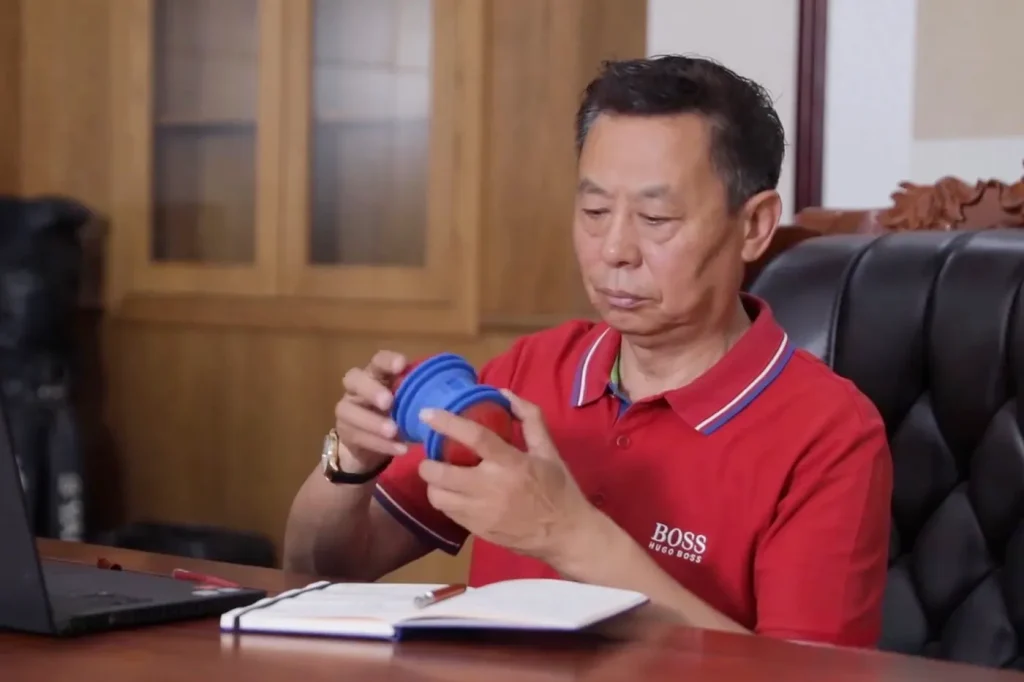
Material Selection and Working Principle of Pipeline Pigs
Pipeline pigs are specialized projectiles used in pigging systems to evacuate or recover residual med...



